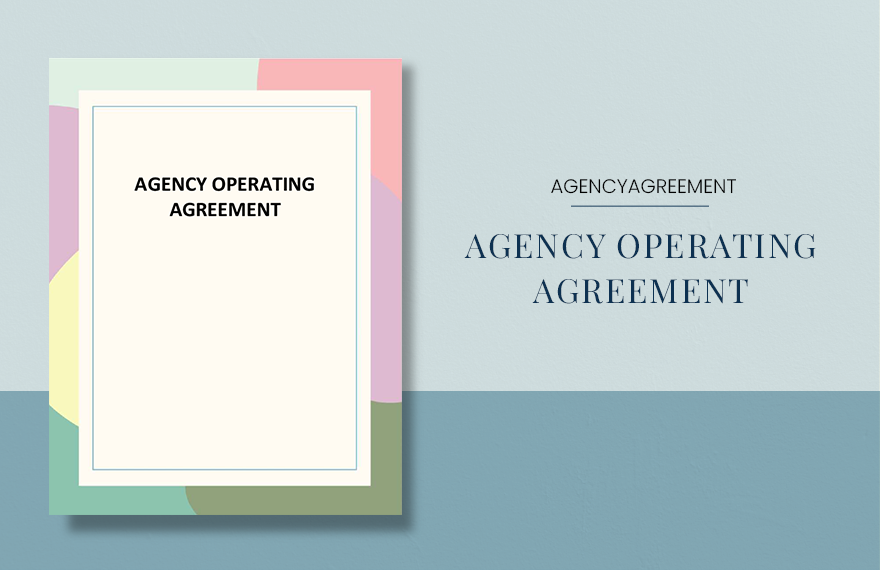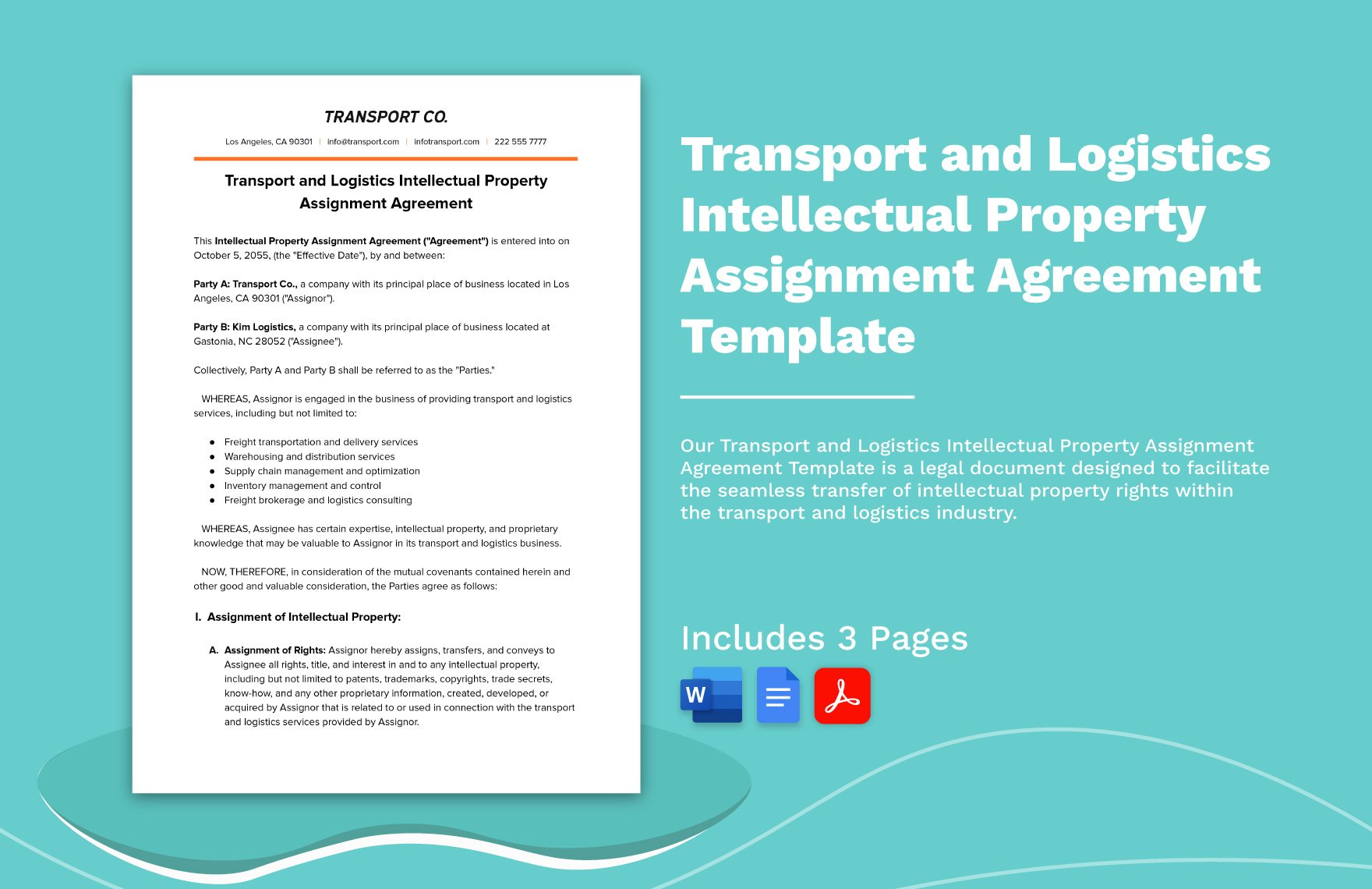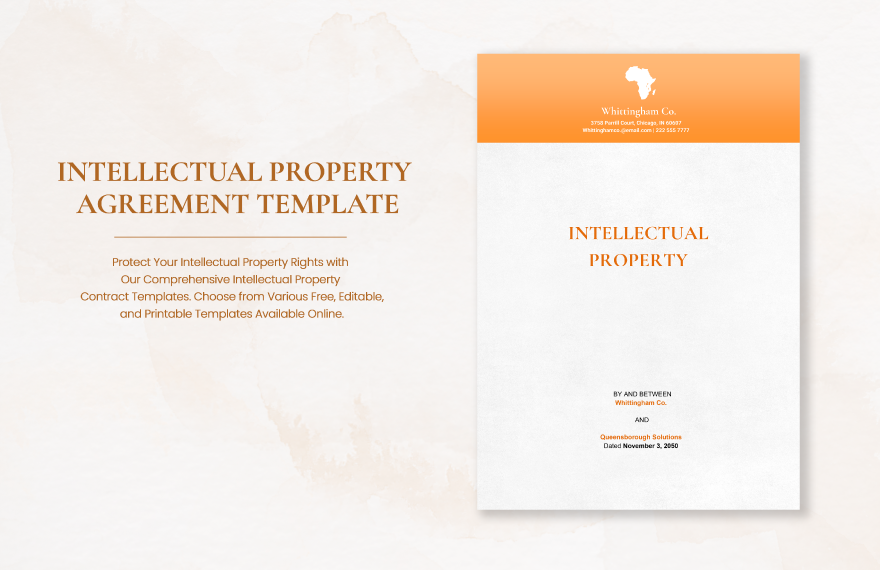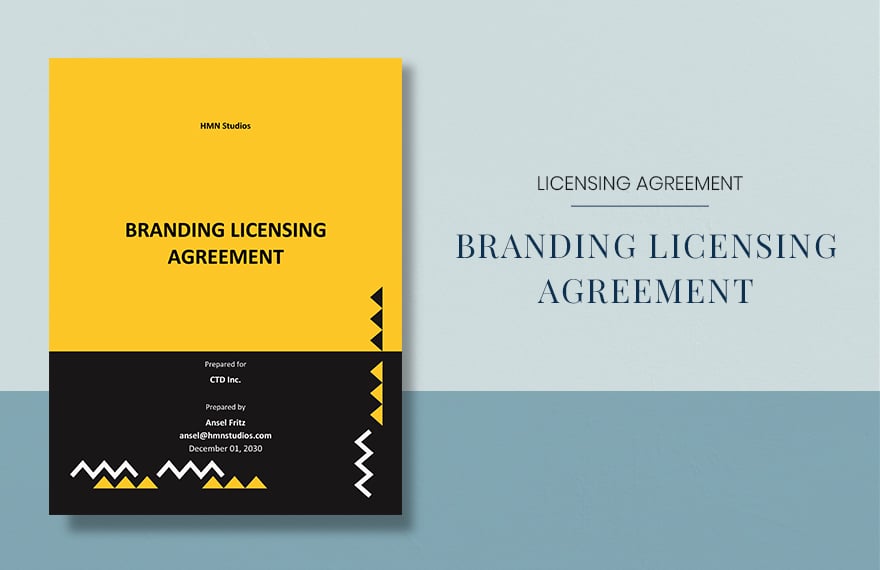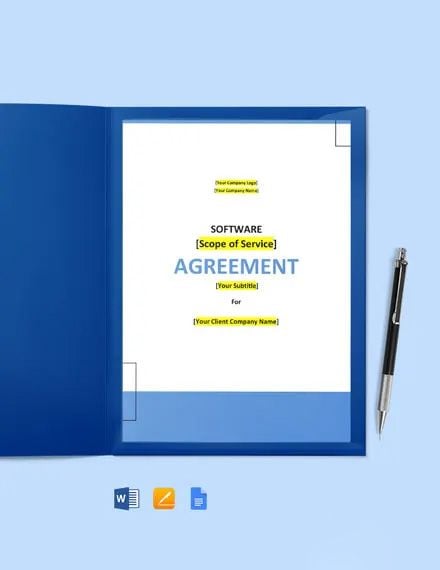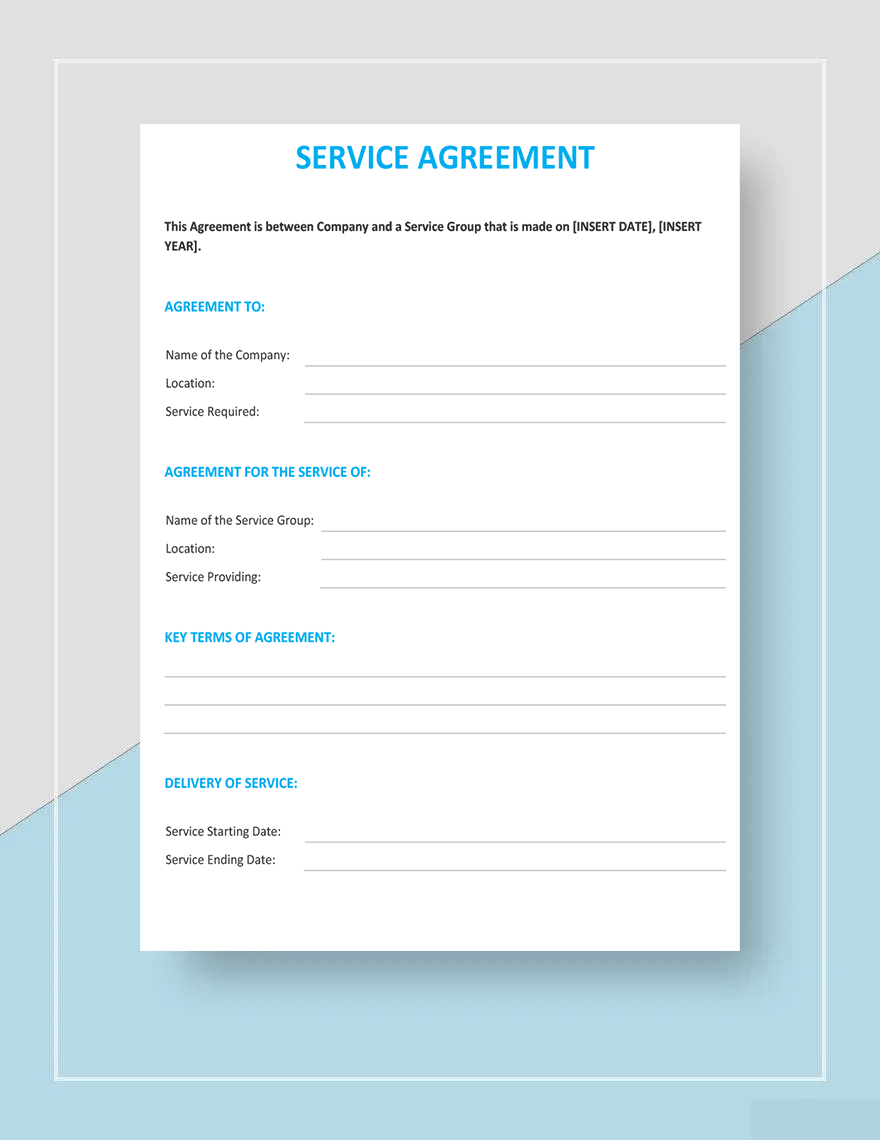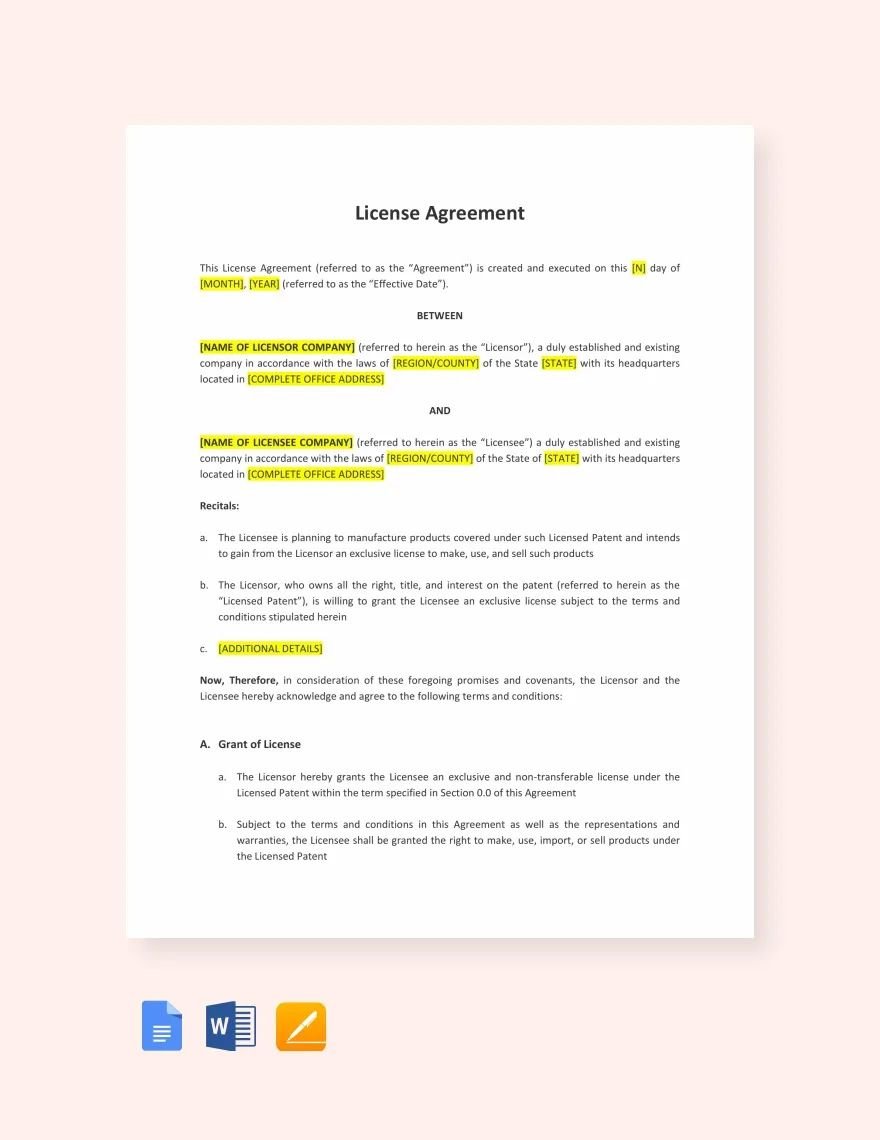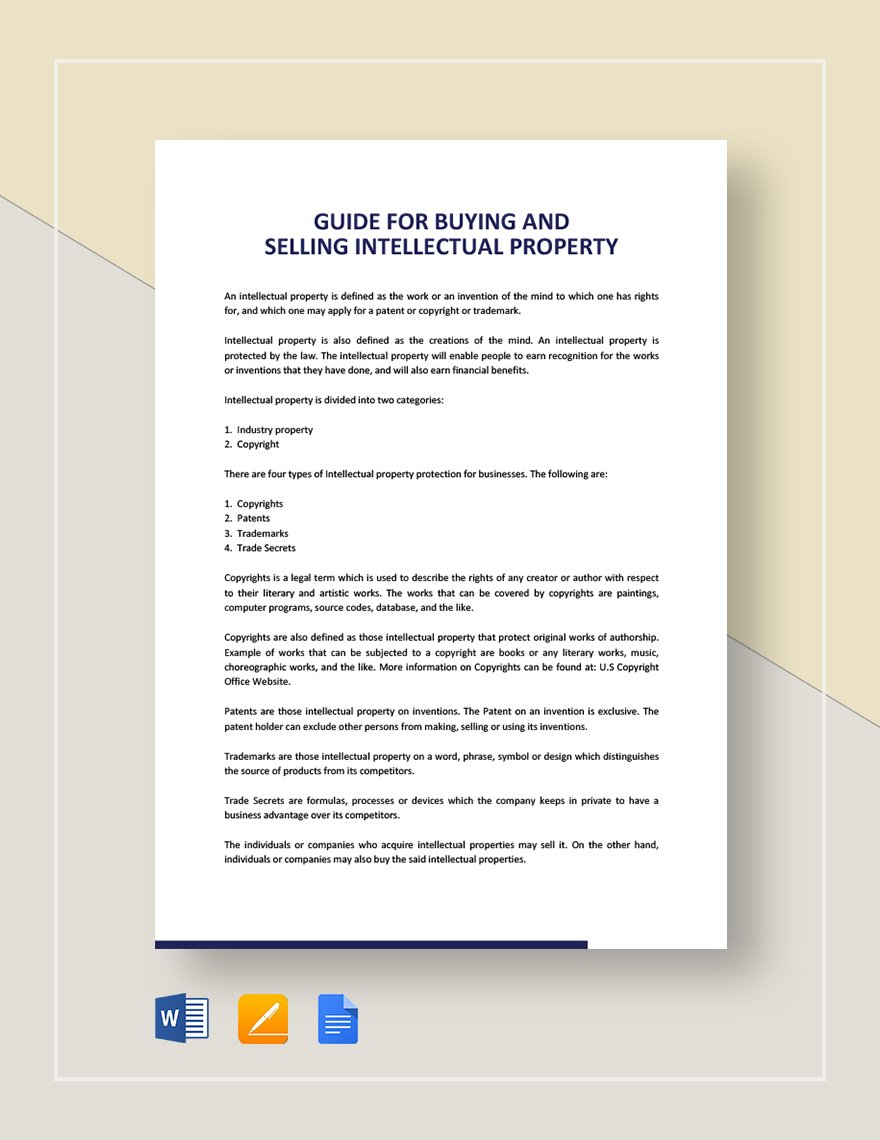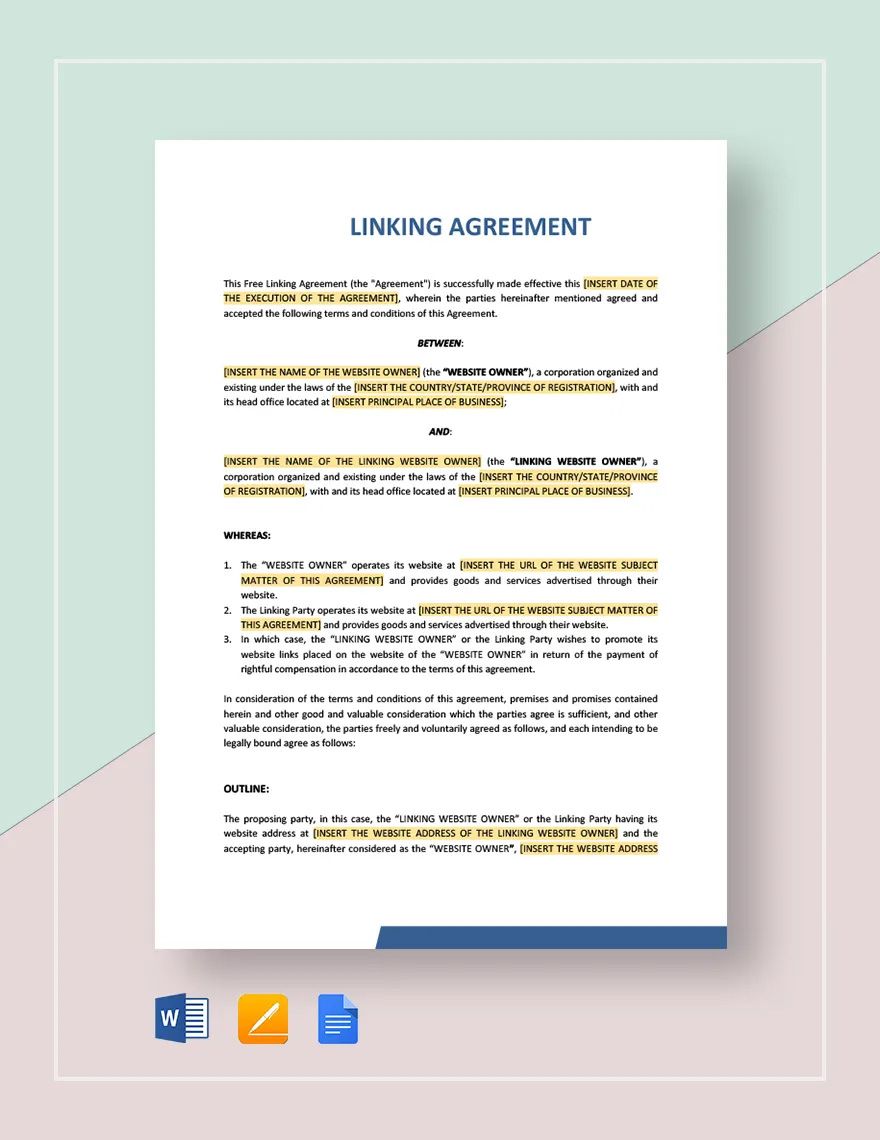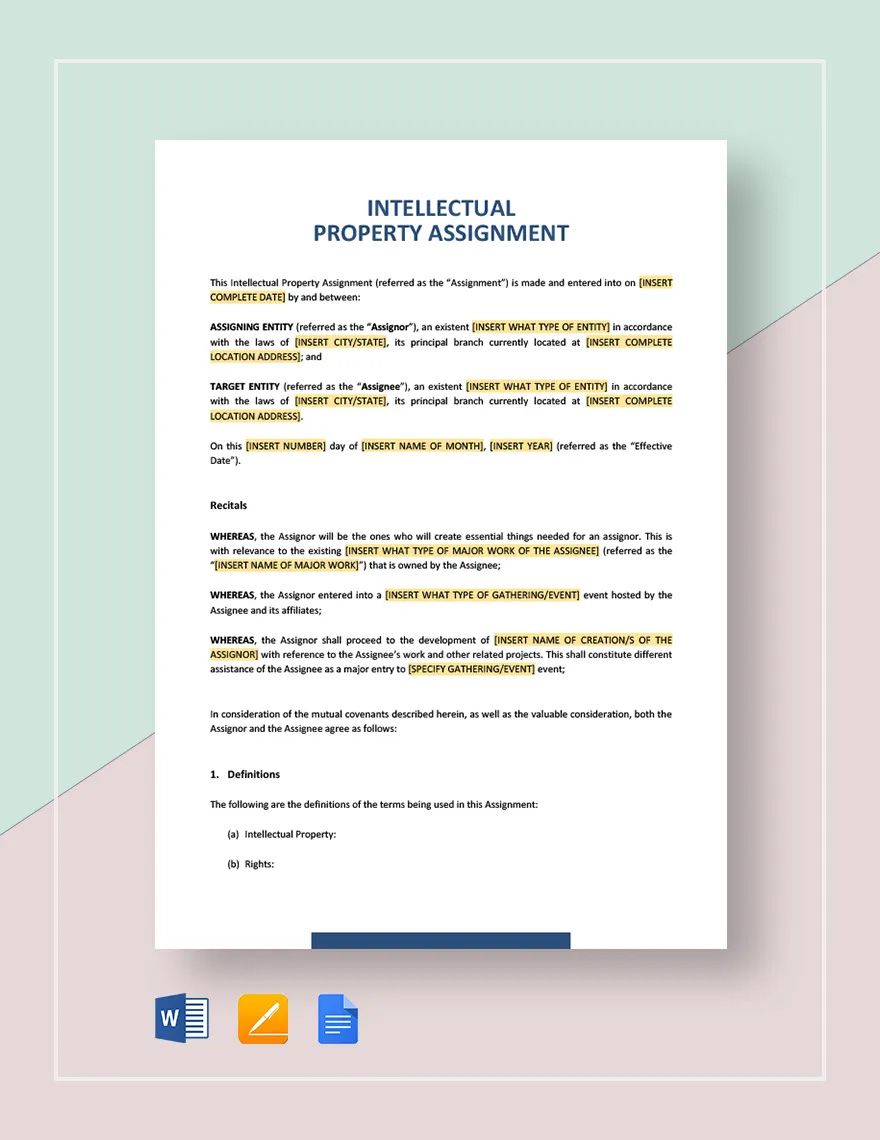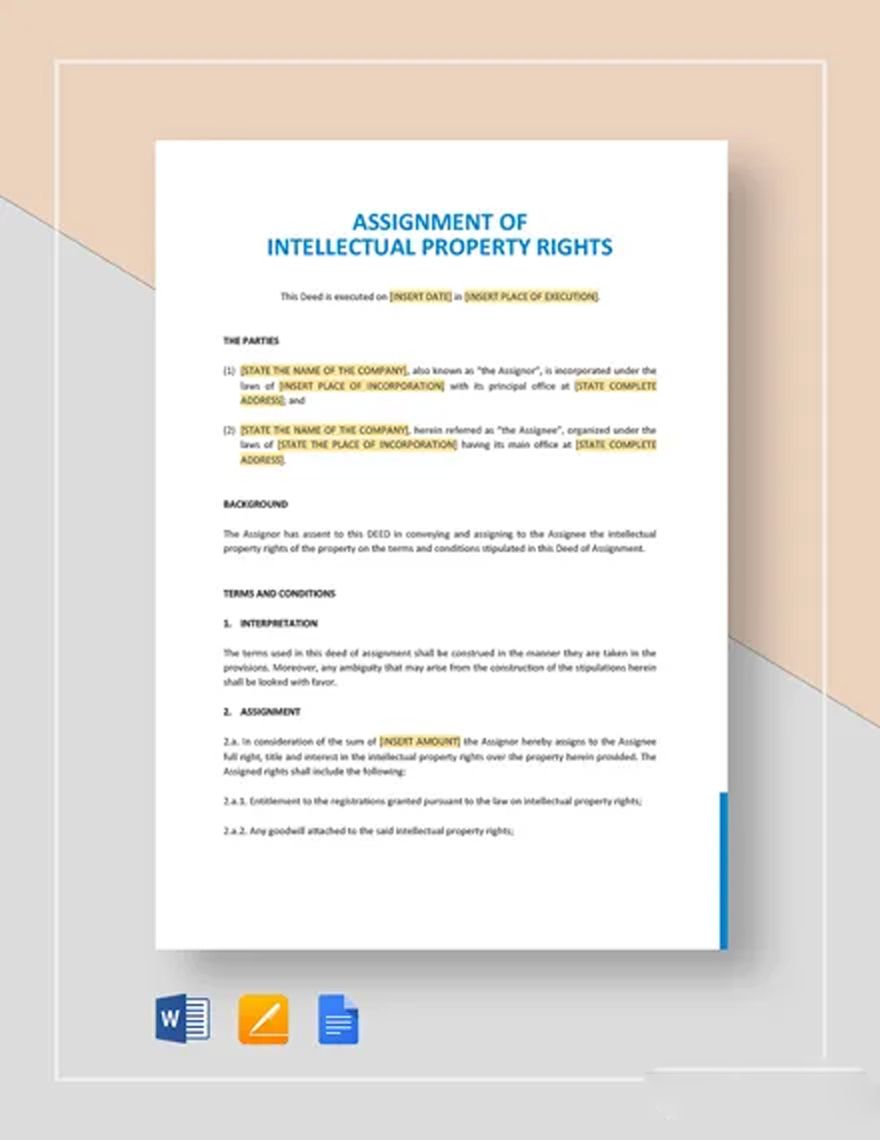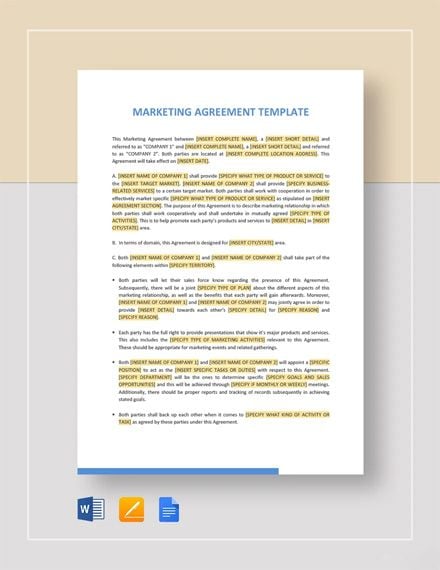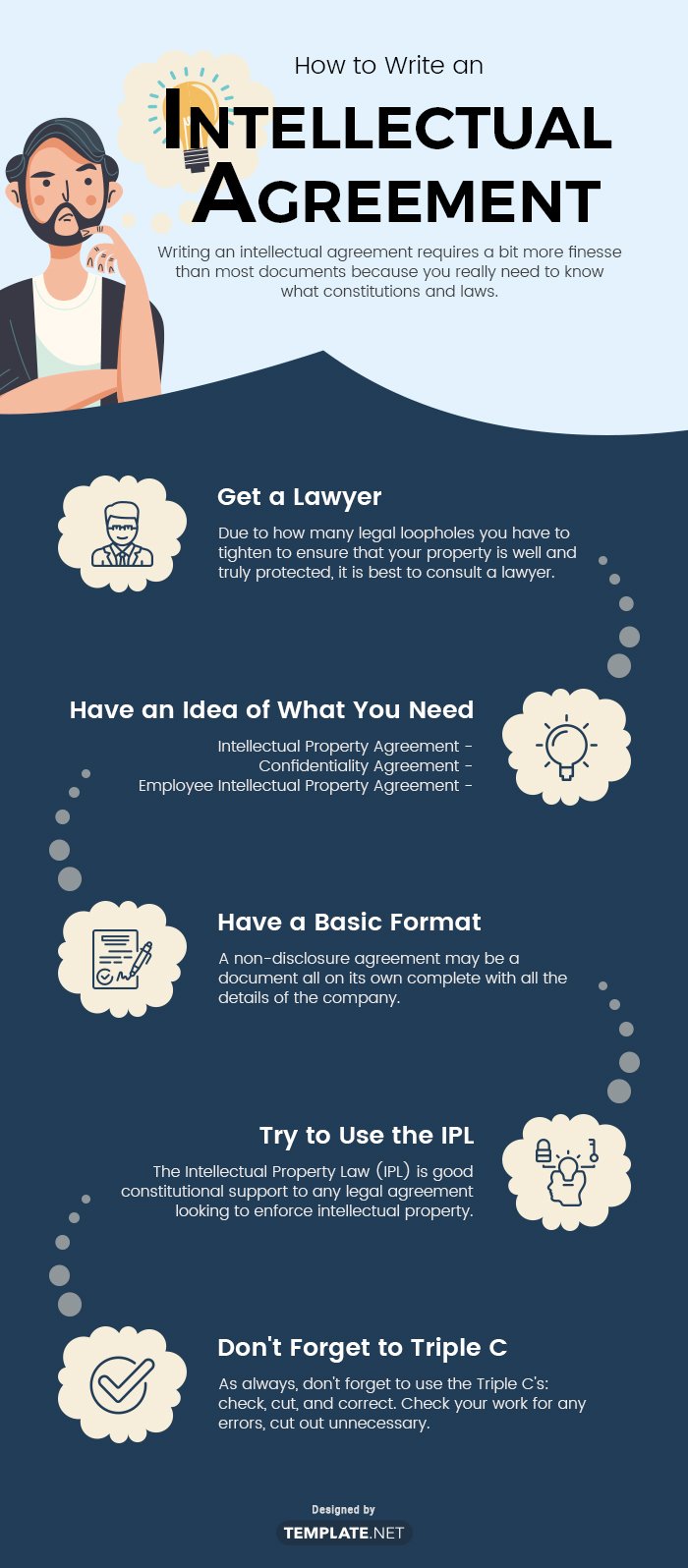Intellectual properties are one of the most protected and sought-after forms of products, services, and information. Nowadays, there are written, legal documents to help you secure your rights such as intellectual agreements, but these are difficult to make and they require a lot of research about the constitution. A daunting task, is it not? Not to worry, as you've come to the right place! Here at our website, we offer you legally solid, professionally written, easily editable, and convenient to print intellectual property agreement templates that come in A4 and US letter sizes and can be used in all formats. To top it all off, our templates come in various layouts such as intellectual property agreements, intellectual property assignment agreements, intellectual property ownership agreements, and many more! Stop wasting your time and use one of our 100% customizable and easy-to-edit templates to protect your intellectual rights today!
Intellectual Agreement Templates
Before You Provide Licensing, Settle Property Release Forms, and Grant Third-Party Ownership, Make Sure to Prepare a License Agreement or Non-Disclosure Agreement Forms. For That, Our Sample Intellectual Agreement Templates Can Help! They Cover Terms and Conditions About Property Rights, Sale, and Assignment! Download for Free Here on Template.net Only!
